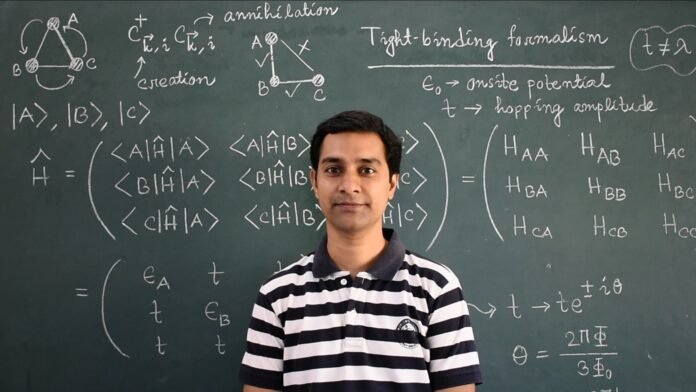Indian Researchers Mimic Nature’s Fractal Patterns in Quantum World
Researchers at Nagaland University in India have achieved a breakthrough by recreating the intricate fractal patterns we see in everyday nature—like snowflakes, tree branches, and even neuron networks—right in the quantum realm. This exciting work pushes the boundaries of quantum technology and could shape the future of computing.
India’s National Quantum Mission is already driving progress in cutting-edge tech, and this research fits right in. The team believes it will help build smarter quantum devices and algorithms, drawing inspiration from nature’s own designs.
Fractals aren’t just cool math concepts; they show up everywhere in the natural world. Think about the twisting paths of rivers, the jagged bolts of lightning, or the way plants grow and neurons connect in our brains. By simulating these patterns using quantum mechanics, the Nagaland University scientists are linking basic physics with real-world tech innovations.
This study highlights how amorphous, non-crystalline materials—unlike the usual crystal-based ones—can power quantum technologies. It broadens the options for materials in India’s quantum innovation push and beyond, potentially revolutionizing nanoelectronics.
Dr. Biplab Pal, Assistant Professor in the Department of Physics at Nagaland University’s School of Sciences, led the effort. "Fractals are those repeating patterns you spot at every scale, from rugged coastlines and leaves to blood vessels," he explained. "In our research, we used quantum mechanics to model how electrons act under a magnetic field in fractal setups. What’s unique here is that most quantum device studies stick to crystalline materials, but we’ve shown amorphous ones work just as well for nanoelectronic quantum devices."
The findings open doors to several game-changing applications in quantum technology:
- Molecular fractal-based nanoelectronic devices: Creating tiny, efficient components inspired by nature.
- Quantum algorithms and information processing: Gaining better control over electron states to boost future computing power.
- Aharonov-Bohm Caging effect: Trapping electrons in fractal shapes, which could lead to advanced quantum memory and logic devices.
This research has been published in the respected international journal Physica Status Solidi – Rapid Research Letters, marking a solid step forward for quantum research in India. As the country ramps up its quantum mission, discoveries like this could put Indian scientists at the forefront of global tech advancements.
Stay informed on all the latest news, real-time breaking news updates, and follow all the important headlines in world News on Latest NewsX. Follow us on social media Facebook, Twitter(X), Gettr and subscribe our Youtube Channel.



